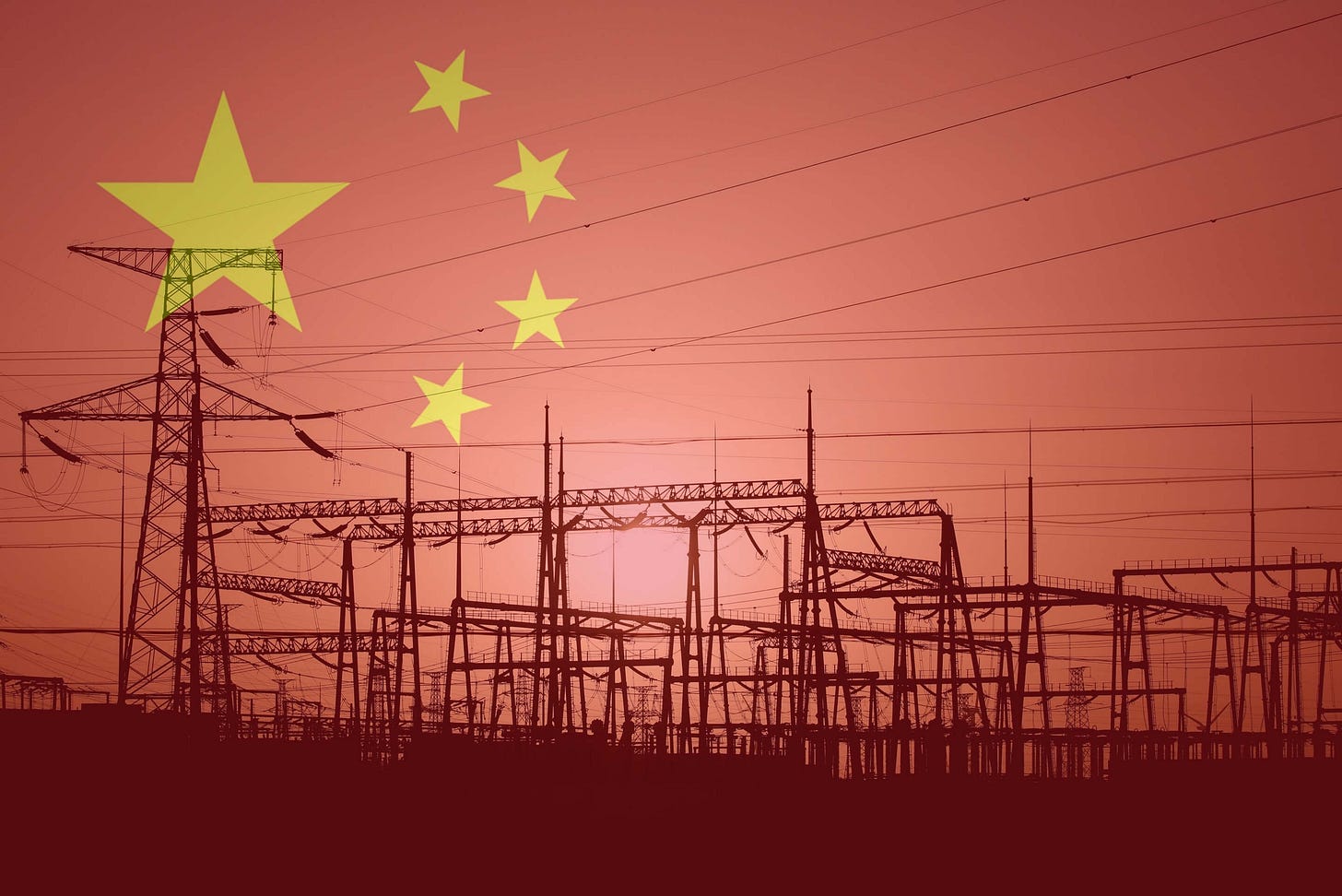Five Things To Know About China’s Electricity Shortage
#3: The real impact on the Chinese economy may be less severe than expected.
Since mid-August 2021, China is experiencing its worst power shortage in decades. Many homes are plunged into darkness, many streets are not lit, and many factories had to be closed. The situation is such that electricity rationing has been implemented in many provinces of China.
From the manufacturing centers of Guangdong, Zhejiang, and Jiangsu to the n…
Keep reading with a 7-day free trial
Subscribe to Sylvain Saurel’s Newsletter to keep reading this post and get 7 days of free access to the full post archives.




